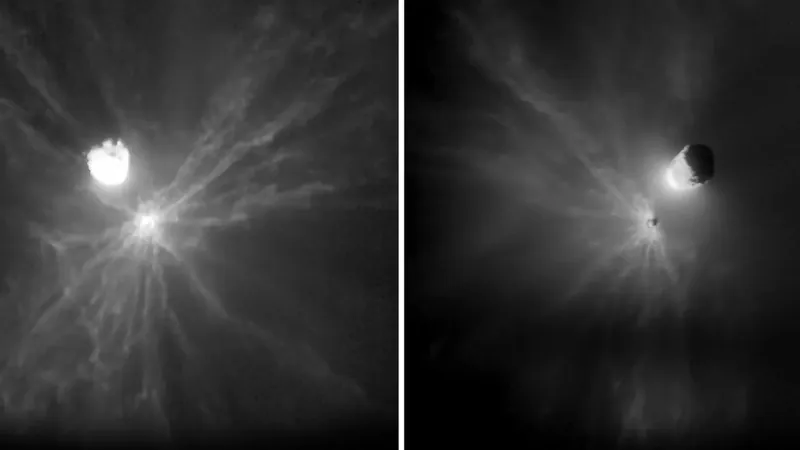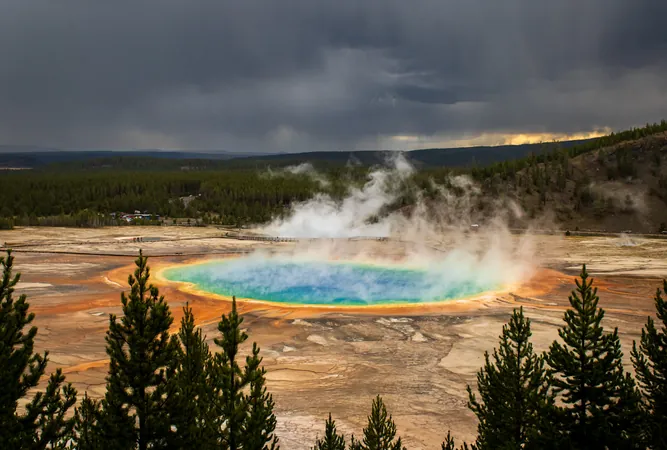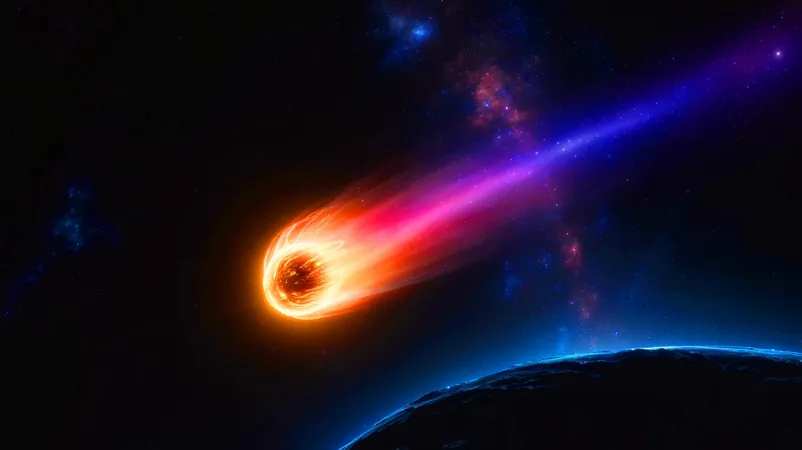
NASA's DART Mission: Shocking New Findings on Asteroid Deflection Risks
2025-07-15
Author: Liam
A Historic Collision with Unexpected Consequences
Three years ago, NASA achieved a groundbreaking feat by crashing a spacecraft into a massive asteroid, showcasing humanity's power to potentially shield our planet from future asteroid threats. This daring mission, known as the Double Asteroid Redirection Test (DART), aimed to alter the trajectory of the asteroid Dimorphos, ultimately demonstrating that we have the tools to protect ourselves from hazardous space rocks.
DART's Impact: An Unanticipated Twist
On September 26, 2022, DART collided with Dimorphos at an astounding speed of 15,000 mph (24,000 km/h), successfully shortening its orbit around the partner asteroid Didymos by about 30 minutes. While this was hailed as a monumental success, new research suggests that the aftermath of this impact may be more complicated than previously thought.
Boulders in Motion: A Surprising Discovery
A recent study published in The Planetary Science Journal revealed alarming findings about the debris launched from the asteroid. According to researchers, a multitude of large boulders—measuring between 0.7 and 11.8 feet (0.2 to 3.6 meters)—are traveling with nearly three times the momentum initially predicted. These boulders formed unexpected, patterned clusters instead of dispersing randomly into space, hinting at unknown dynamics at play.
Tony Farnham, the study's lead author and an astronomer at the University of Maryland, emphasized the need to rethink our approach to asteroid-deflection missions based on these newfound insights.
Predicting Future Risks: Implications for Planetary Defense
The researchers are keen to understand the mechanics behind these boulder movements to prepare for potential future asteroid confrontations. Astronomer Jessica Sunshine compared the situation to playing a cosmic game of pool, warning that if we ignore all variables, we might miss rescuing the Earth from an incoming threat.
A Broader Threat: Boulders Bound for Mars?
Recent discussions have surfaced regarding the possibility that some of the largest boulders could encounter Mars in about 6,000 years, potentially posing risks to future human settlements. Earlier simulations indicated that smaller debris might enter Earth's atmosphere in approximately 30 years, triggering stunning meteor showers but without the risk of harm.
The Kinetic Impactor Method: Still Our Best Bet?
Despite these uncertainties, experts maintain that the kinetic impactor method remains the best strategy for safeguarding Earth against asteroid impacts. Discussions surrounding these technologies persist, especially following concerns about budget cuts that could hinder NASA’s ability to monitor and mitigate asteroid threats.









 Brasil (PT)
Brasil (PT)
 Canada (EN)
Canada (EN)
 Chile (ES)
Chile (ES)
 Česko (CS)
Česko (CS)
 대한민국 (KO)
대한민국 (KO)
 España (ES)
España (ES)
 France (FR)
France (FR)
 Hong Kong (EN)
Hong Kong (EN)
 Italia (IT)
Italia (IT)
 日本 (JA)
日本 (JA)
 Magyarország (HU)
Magyarország (HU)
 Norge (NO)
Norge (NO)
 Polska (PL)
Polska (PL)
 Schweiz (DE)
Schweiz (DE)
 Singapore (EN)
Singapore (EN)
 Sverige (SV)
Sverige (SV)
 Suomi (FI)
Suomi (FI)
 Türkiye (TR)
Türkiye (TR)
 الإمارات العربية المتحدة (AR)
الإمارات العربية المتحدة (AR)